Trying out new restaurants and cafes is one of the best parts of traveling. Whether you’re wandering around Barcelona, Sydney, or somewhere in between, dining out or popping into a new cafe each morning gives you the chance to try new dishes and learn about a new culture. But food culture varies greatly around the world, so you can’t just go to a restaurant anywhere you travel and expect things to be done exactly the way you’re used to doing them at home. Sometimes, you’ll have to adapt your customs to make sure your behavior and expectations match local cultural norms.
It can be overwhelming to deal with unfamiliar culinary customs, and because of this, there are a number of common mistakes people make when dining out at an international restaurant. But don’t worry, we have some tips for you. Depending on where you’re headed on your next travels, here are some common mistakes you’ll want to avoid.
Rushing through meals.
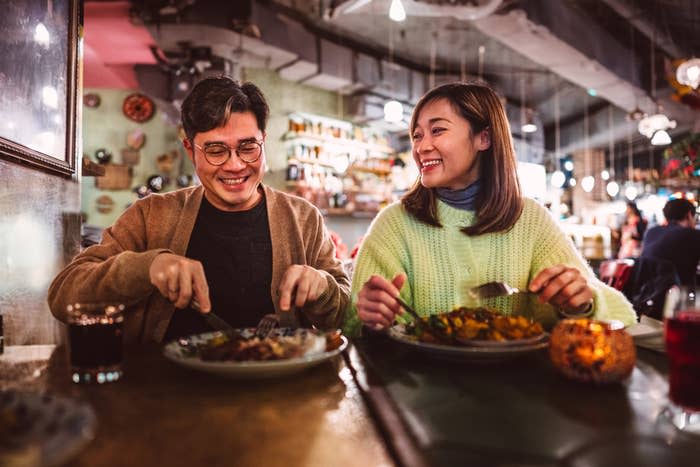

Remember when you dreamed of long, drawn-out lunches while planning your summer vacation to the Mediterranean? Well, once you’re there, it’s important to slow down enough to allow those long, drawn-out afternoon meals to happen.
In the United States, the culture is very active, but eating on the run is not common in the rest of the world. “In Italy and France, eating on the run for a multi-course meal would be a complete mistake,” says Kelly Duhigg, travel blogger and founder of Girl With the Passport. “They enjoy the experience of eating and restaurants don’t feel rushed to turn the table. It took me a while to slow down and really appreciate all the elements of each dish.”
Timon van Basten, a tour guide in Spain, echoed that sentiment. “I’ve seen tourists who are impatient and demand faster service without realizing that that’s not what’s done in that culture,” he said. “They enjoy taking their time on various dishes.”
Of course, this isn’t something that only needs to be considered in Europe. Chris Atkins, owner of Central America Fishing, said he encounters this often in Central America as well. “In the U.S., our customer-first society has conditioned us to expect immediate service if they want our business,” he said. “In Latin America, dining out is more of a luxury, so the experience isn’t rushed and is meant to be enjoyed.”
Waiting for dinner at 6pm
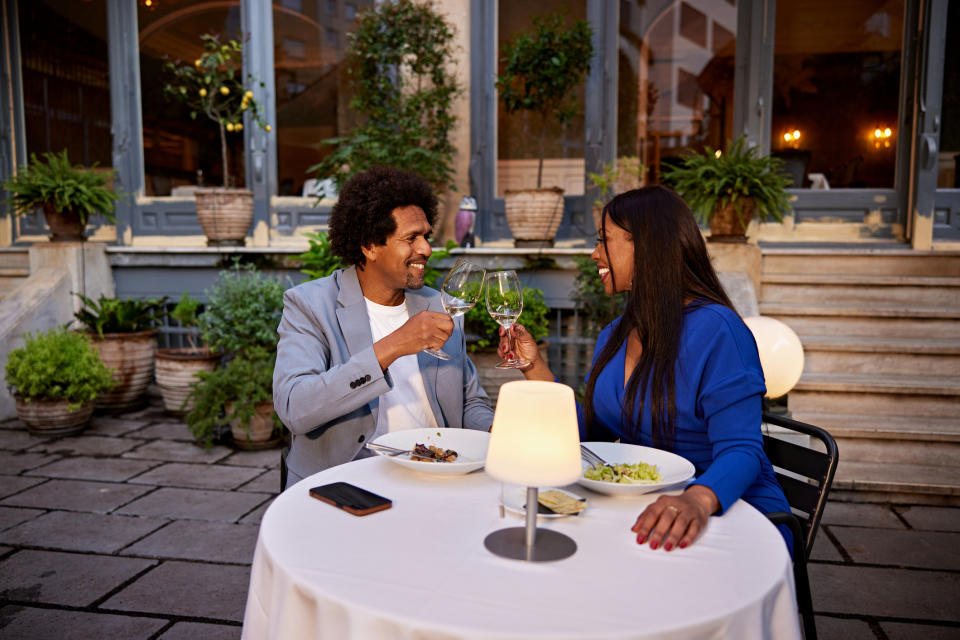

Meal times vary considerably around the world, so when travelling it is best to try to adapt to local meal times (where possible) and plan ahead to know when restaurants will open. This could mean going out for dinner at 9:00 pm instead of the usual 6:00 pm.
“In Latin America and the Mediterranean, meals are usually eaten later, around 8 or 9 p.m.,” said Emmanuel Burgio, founder of Blue Parallel, a company that offers luxury travel in Latin America, the Mediterranean and the Arctic. “In Buenos Aires, it’s common to have dinner around 10 p.m., and many restaurants don’t take reservations until at least 8 p.m..”
Waiting to be able to buy food until late at night.
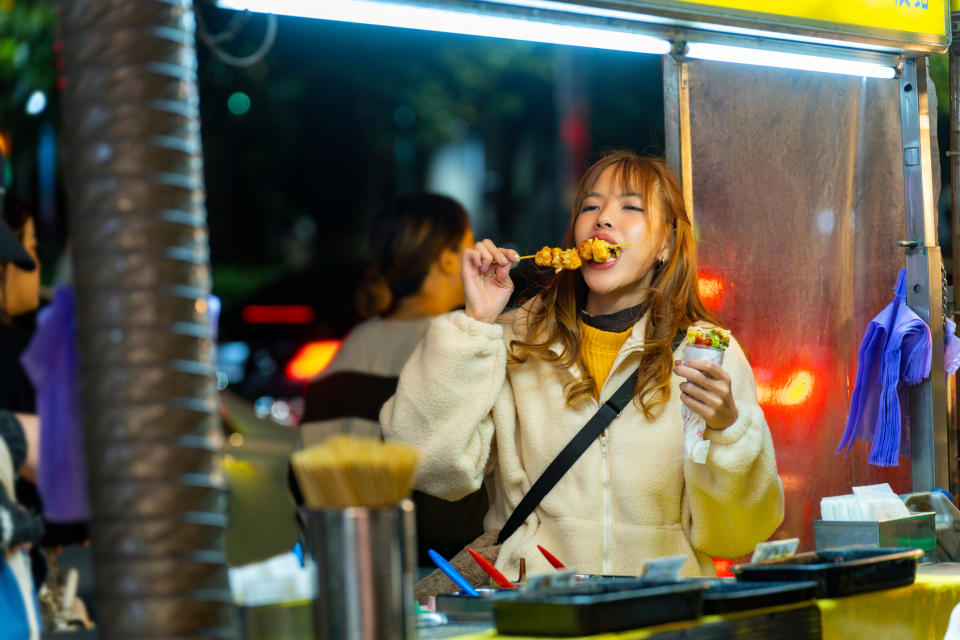

Some tourist destinations have a thriving late-night food scene, but not all: some cities and towns close after dinner time and late-night dining is not possible.
“Many cities in the US are sleep-free, with food and drink available 24/7,” says Ravi Parikh, founder of RoverPass. “However, it’s wrong to assume that every country offers this convenience. I suggest you avoid wandering around at night hoping to find a fast food joint or restaurant open. Instead, plan to have dinner earlier or explore local street food options during the day.”
Being a little too loud at dinner.
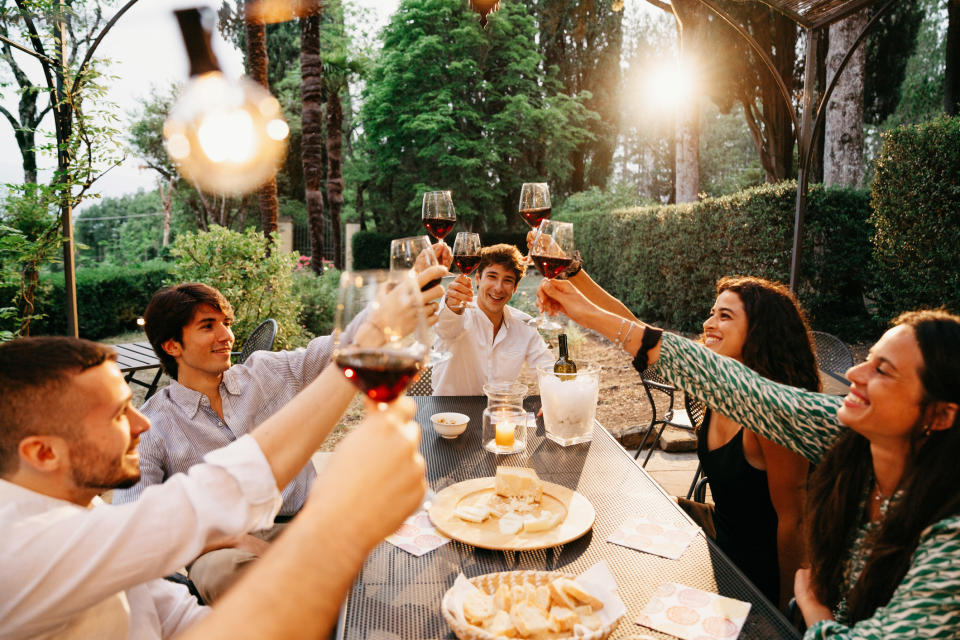

When dining out, being loud and boisterous isn’t always the best option. If you’re at a restaurant that’s fairly quiet, try to make sure your behavior matches the general vibe of the people around you.
“Restaurant noise is something Americans need to be aware of while abroad,” said Elaine Warren, founder and CEO of The Family Cruise Companion. “In many European countries, a calm, almost silent tone is expected during meals. We had to make some changes to lower the volume after years of lively mealtime conversations at home. We found that respecting that custom led to a much more relaxing experience.”
Of course, it’s natural to chat and laugh, but in many cultures, talking too loudly can be disruptive, said Jay Ternavan, founder of JayWay Travel. “In some countries, maintaining a quiet and respectful environment is valued, so keeping your voice down is essential.”
Waiting for takeaway coffee.
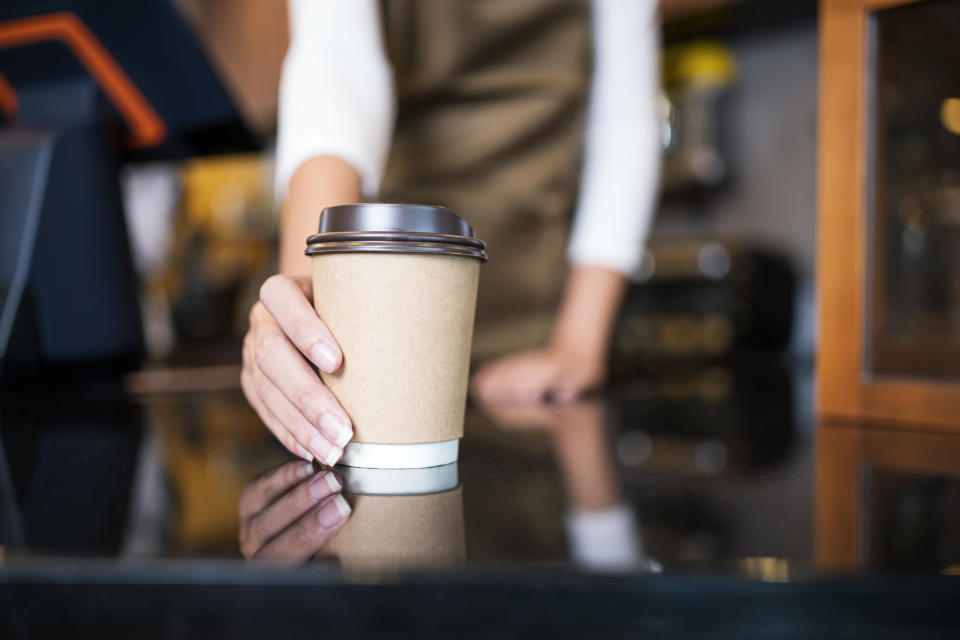

If you’re a coffee addict, exploring local coffee shops each morning is one of the best aspects of traveling. But be prepared for some major differences in coffee culture, especially if you plan to take your coffee to go. In many places, it’s much more common to sit and drink your coffee at the coffee shop (without your laptop) instead of taking it with you.
“In many parts of the world, coffee is a relaxing experience enjoyed in cozy cafes with friends or loved ones,” said Michael L. Moore, founder of travel company Countdown to Magic. “Immerse yourself in this local tradition by seeking out a lovely café and enjoy a slow, relaxing coffee break. And while you’re at it, shake up your usual coffee order and explore regional specialties – you might just discover a new favorite.”
Taking business calls or working on your laptop during dinner.
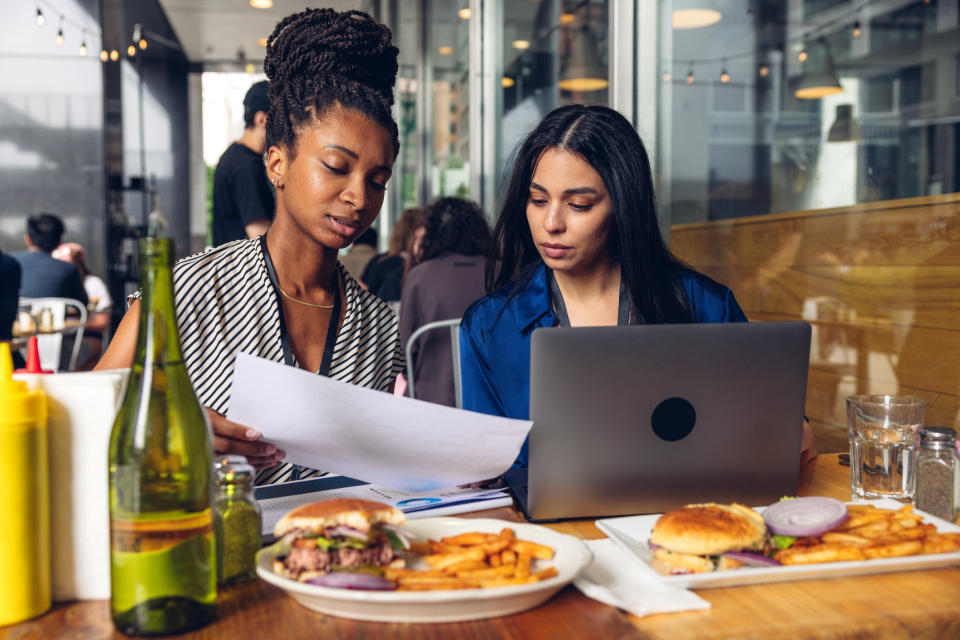

Planning to work through lunch or dinner? Look around to see if anyone else is doing the same. If not, you might be better off leaving your laptop at home.
“It’s important to follow the advice of locals when traveling – to respect customs and do everything you can to ensure a smooth experience for everyone,” said Karen Magee, president of Valerie Wilson Travel, Chase Travel Group. “Simple things like being mindful of voice volume or leaving your laptop and phone calls until after eating can greatly influence how you present yourself abroad.”
We all know it’s hard not to look at your phone or snap a photo of every dish brought to the table, but you may want to try to minimize technology use during meals. “When we travel with our kids to other countries, we bring a sketchbook and pencils so they don’t have to be in front of electronic devices during dinner,” said Keri Baugh, travel writer and founder of family travel blog Bon Voyage With Kids. “Loud electronic devices in small European restaurants can be disruptive to other diners, so we avoid this to avoid being annoying.”
Waiting for free refills.
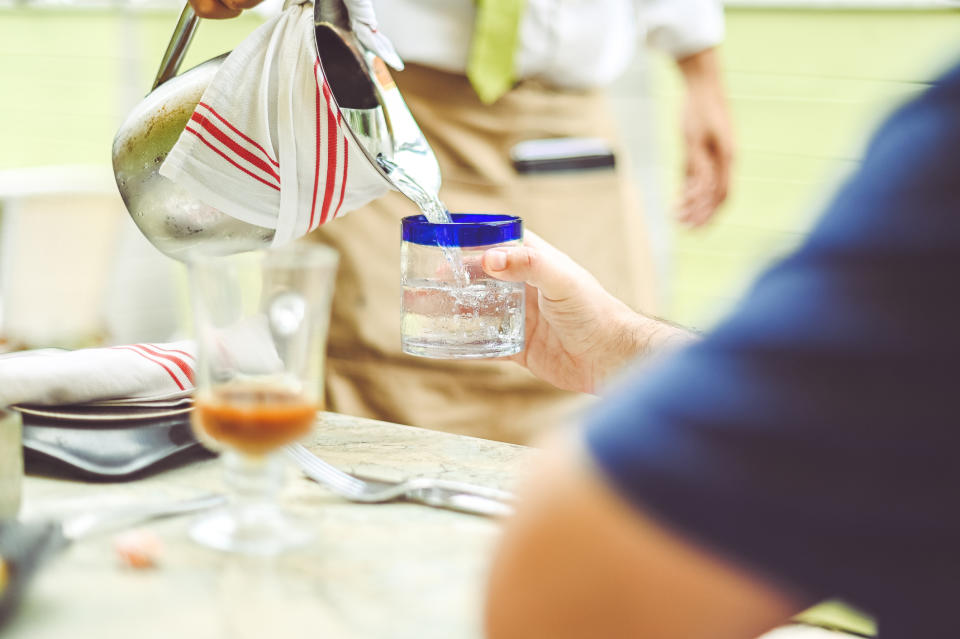

In many countries, drink orders have marked differences from how they are handled in the US. When you head to a new place, you may want to adjust your expectations so you don’t expect free refills.
“Unlike many restaurants in the U.S., non-alcoholic drinks like soda and sparkling water are typically served in smaller glasses, often without ice, and “refills” aren’t free — you pay for each one you order,” Baugh said.
Hoping your bill will be brought to your table quickly.
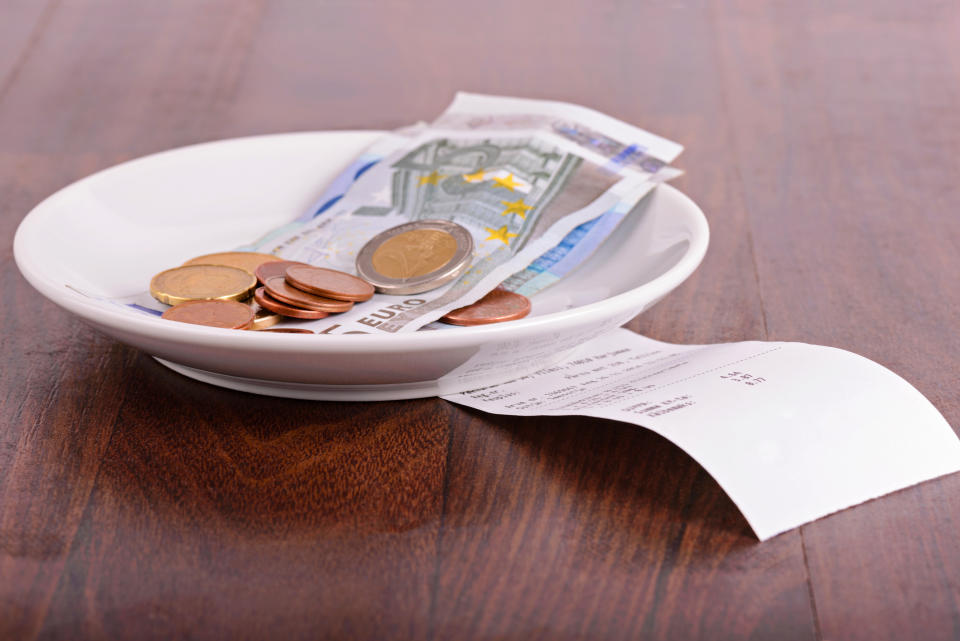

In the United States, you’re probably used to the waiter bringing the bill to the table right away, sometimes while the food is still on the table. But this isn’t the norm everywhere.
“Here in Central America, after a meal it is common to have a ‘cafecito,’ a small cup of coffee or cappuccino that serves as a digestif after a big meal,” Atkins said. “It can be frustrating for American tourists that, once they are clearly done eating, they have to wait 10-20 minutes until someone checks on them and brings them the bill. This cultural difference is often misinterpreted as poor service, but in reality, the restaurant was giving you plenty of time to enjoy your meal, your after-meal cafecito, and your conversation. So yes, things happen at a slower pace here, but it’s not laziness or poor service, it’s just a different focus on what’s important when dining out.”
And sometimes, in places like France, you may have to ask for the bill before the waiter brings it to your table. This article originally appeared in The Huffington Post.



